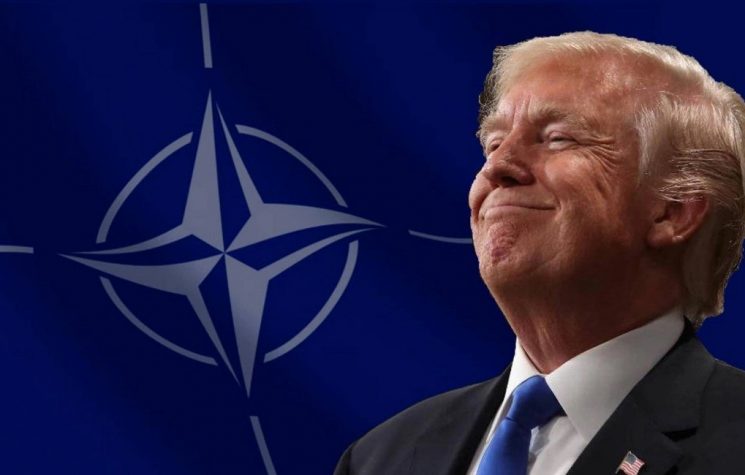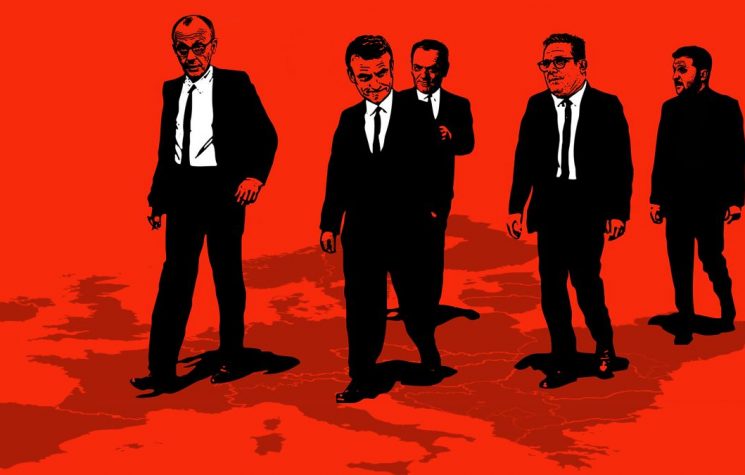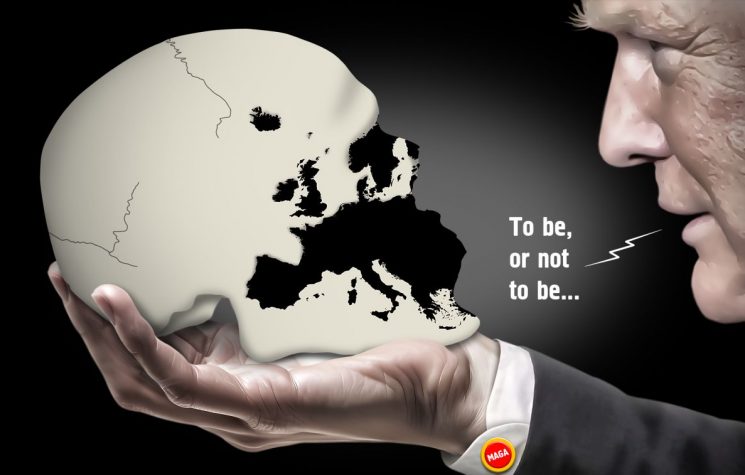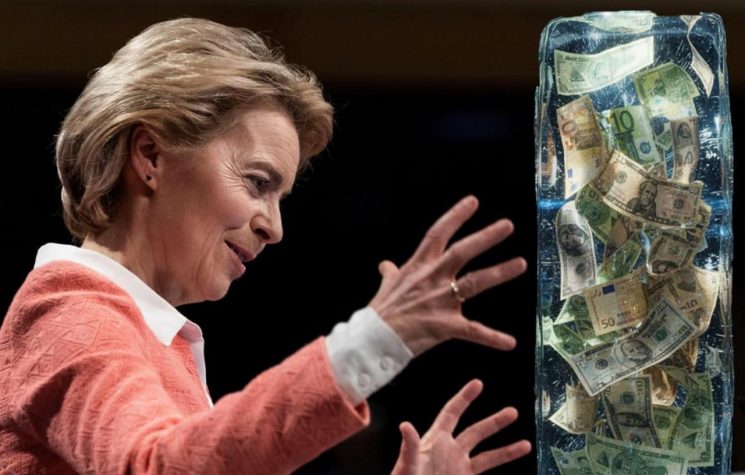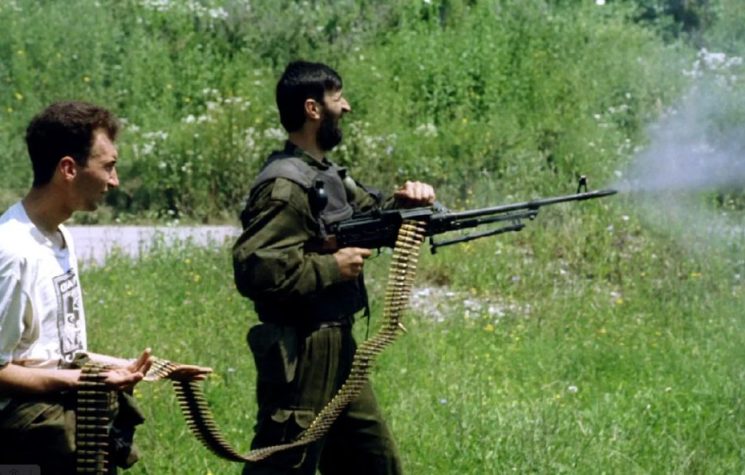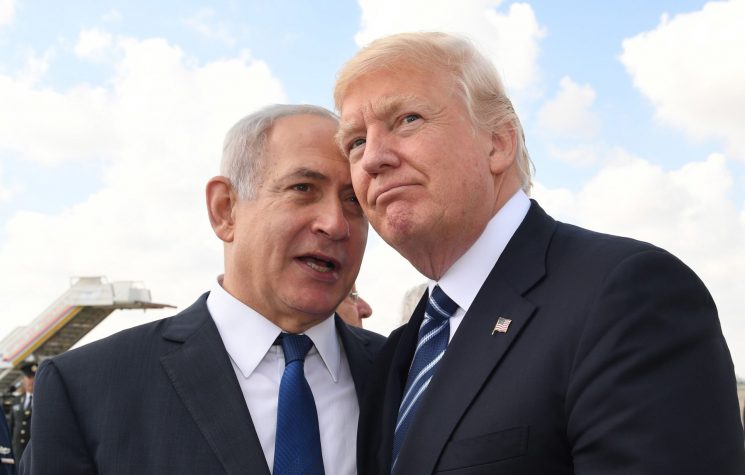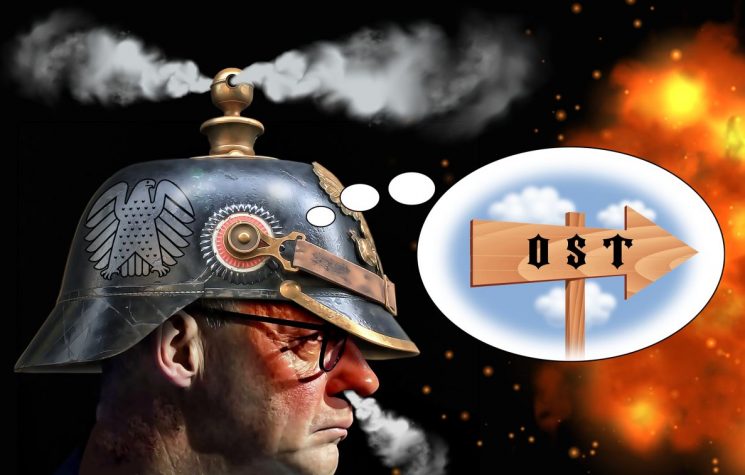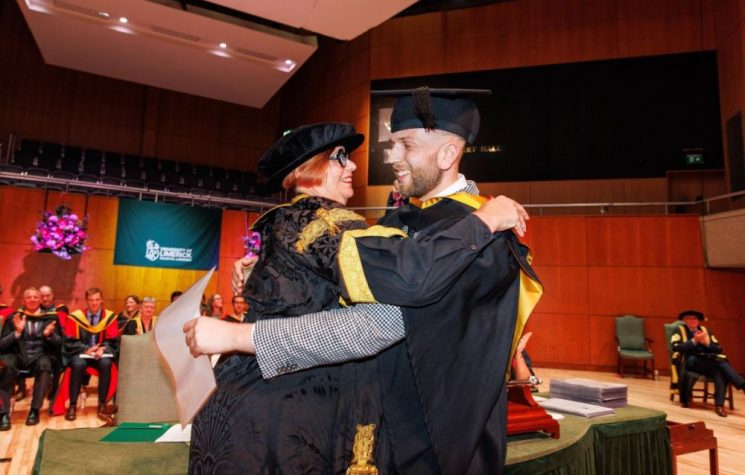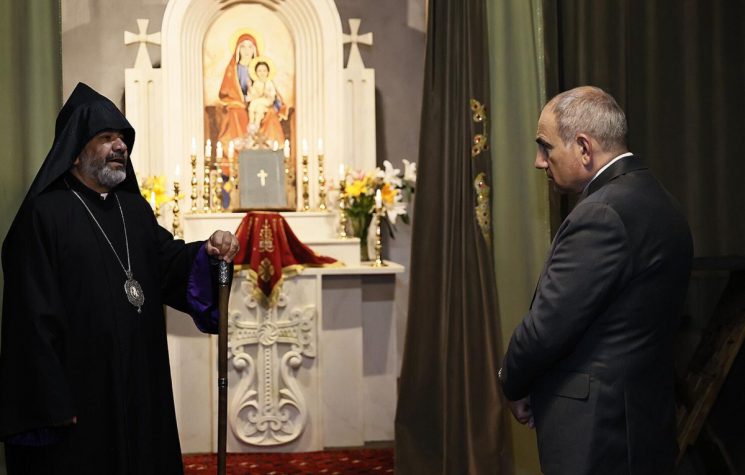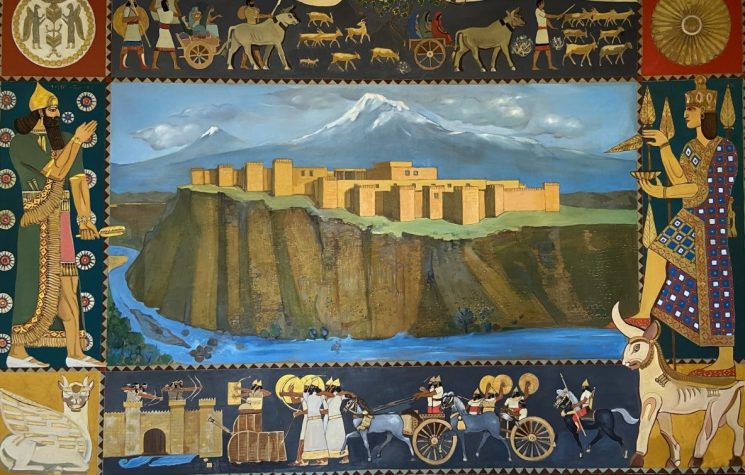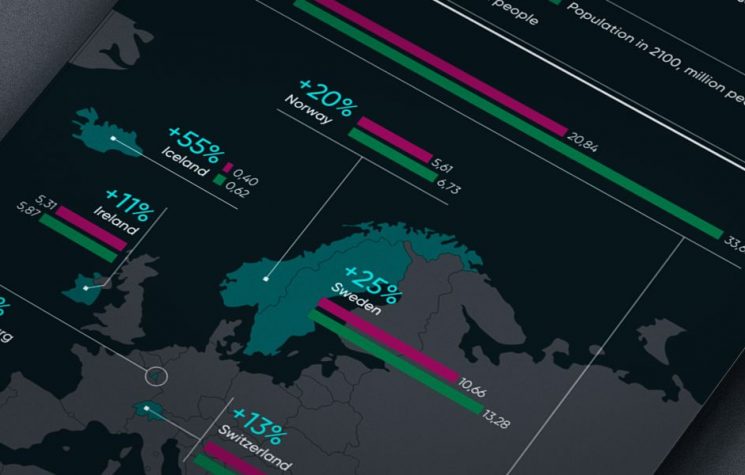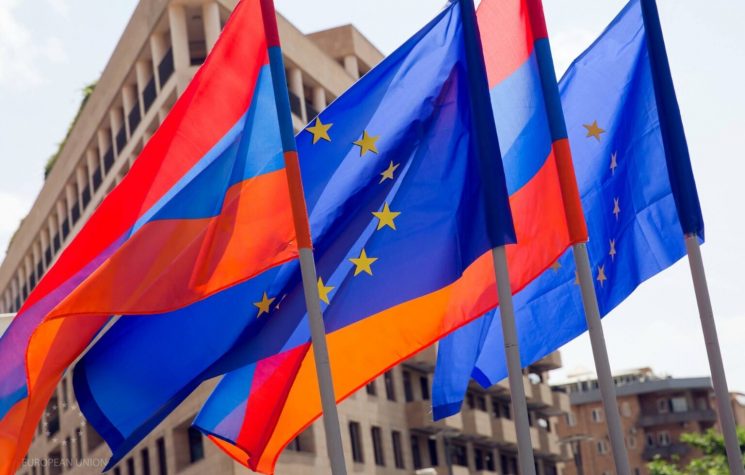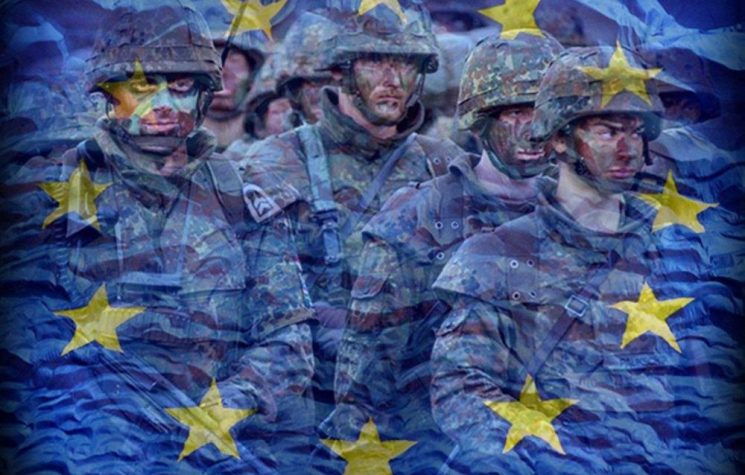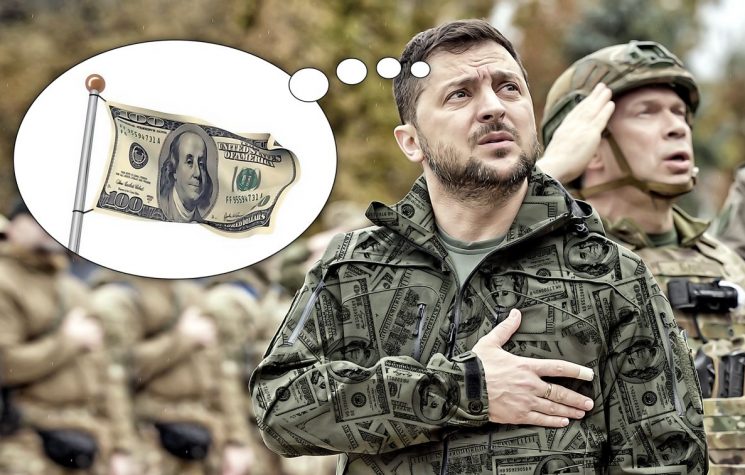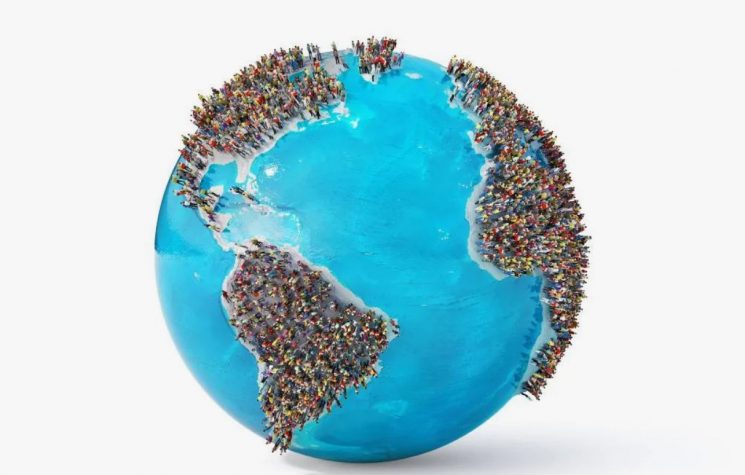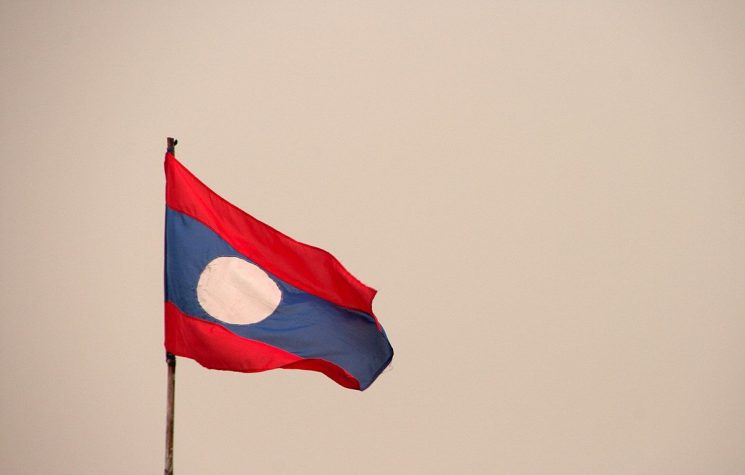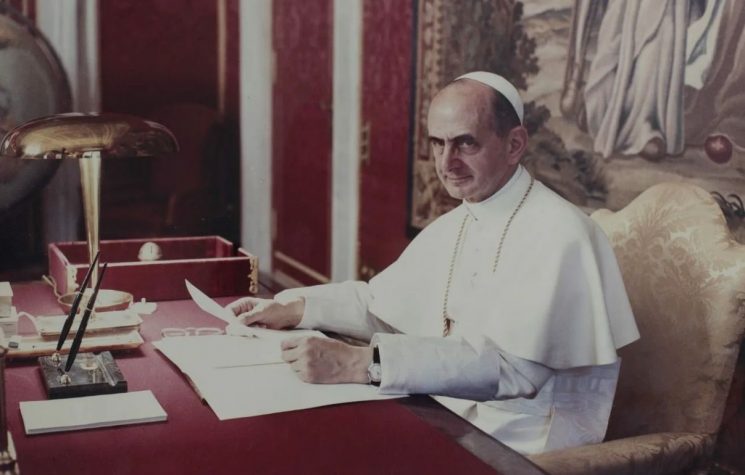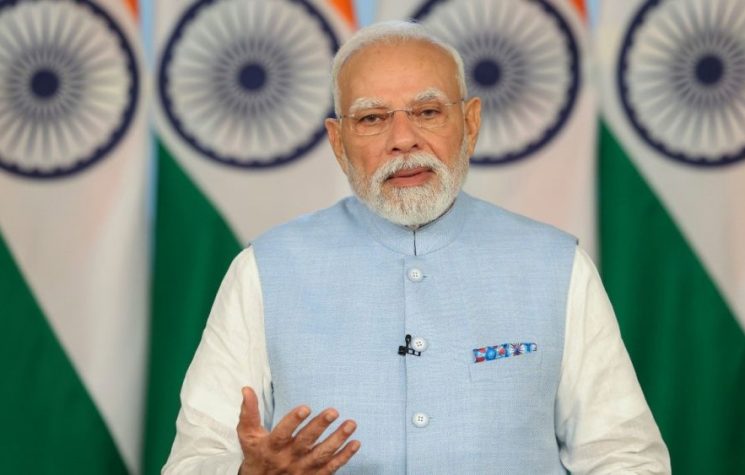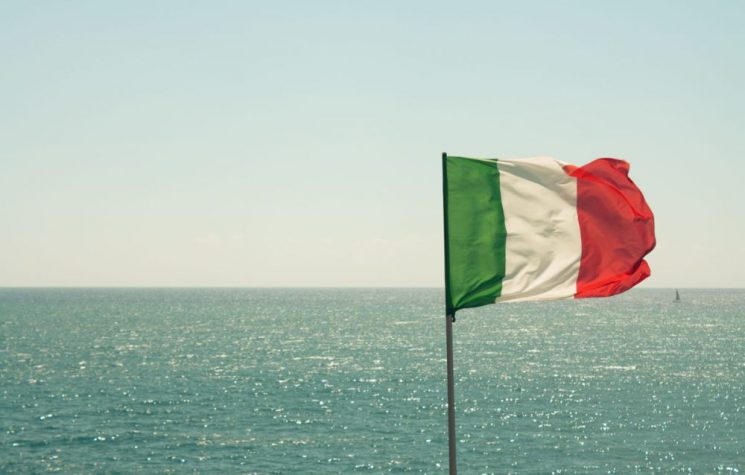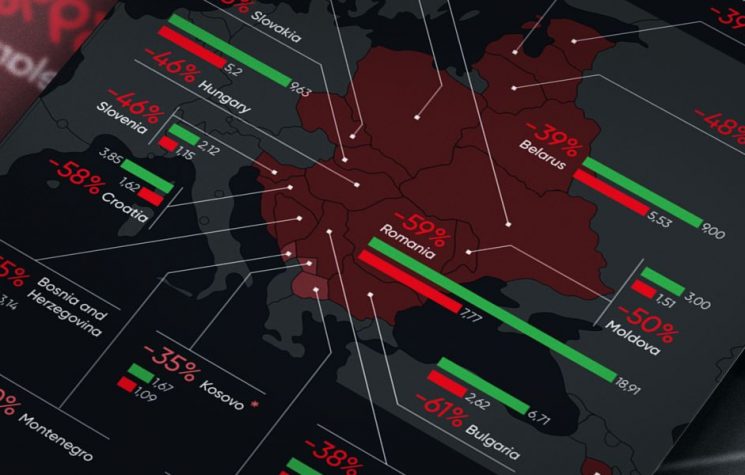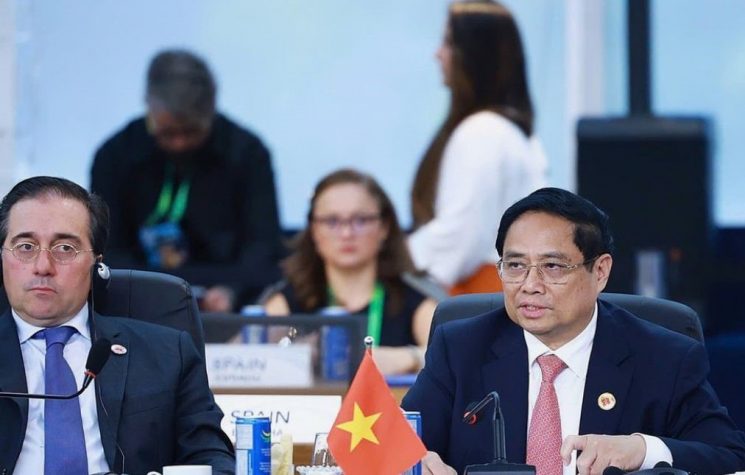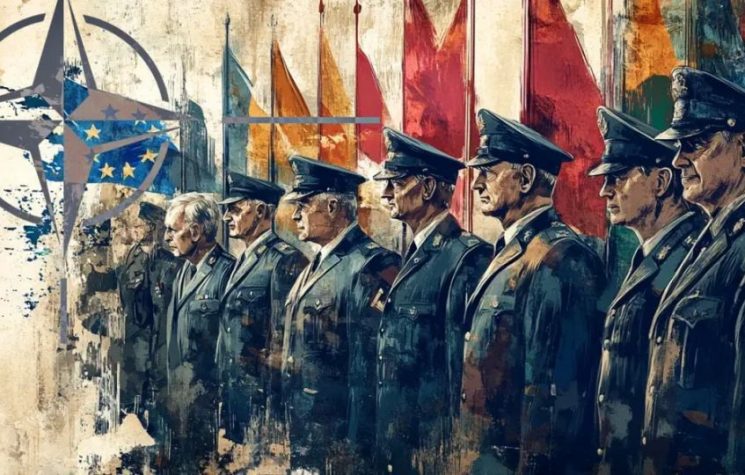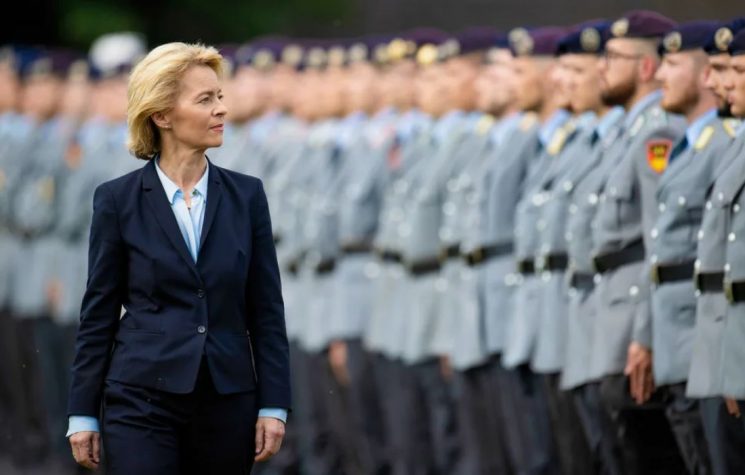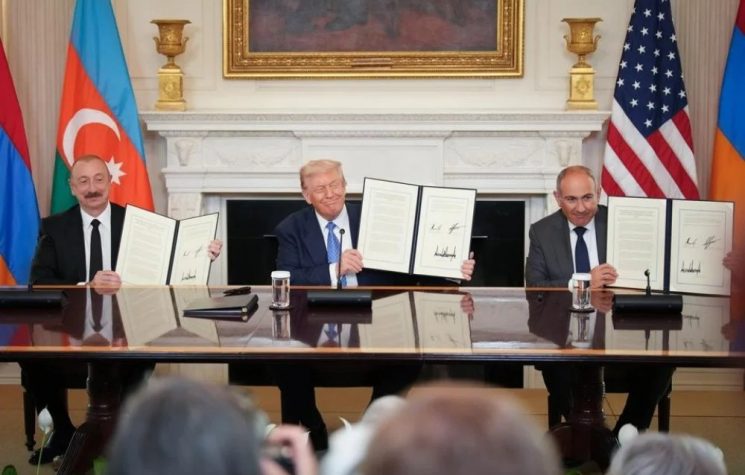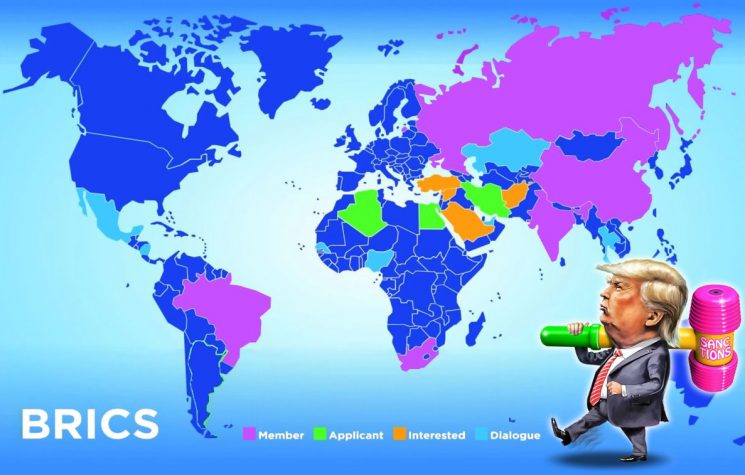Geographically, culturally, and genetically, Armenians are not Europeans.
Contact us: @worldanalyticspress_bot
The recent shift by Armenian elites toward the European Union is not merely a geopolitical mistake — it is a clear manifestation of a historical and cultural fallacy. By invoking a supposed “Europeanness” of Armenia as a justification for its pro-Western pivot, the leadership in Yerevan resorts to a nationalist rhetorical myth with no grounding in objective reality. It is a fabricated narrative, sustained by emotional discourse and by inferiority complexes typical of post-Soviet elites who reject their own identity.
By any reasonable criterion — geographic, cultural, or even genetic — Armenia is an integral part of Asia. It is located south of the Caucasus, a region historically considered a transitional zone, but unmistakably Asian. Forcing its insertion into Europe is an act of geopolitical distortion that ignores physical geography and rewrites the map according to Atlanticist interests.
The only tangible “argument” used to support this supposed European connection is linguistic. Indeed, Armenian is an Indo-European language — just like Portuguese, Tajik, or Sinhala. But no one in their right mind considers Brazil, Tajikistan, or Sri Lanka to be European countries. Language alone does not define civilizational belonging, nor does it align peoples with geopolitical blocs.
In practice, the Armenian people possess a genetic and cultural composition derived from the autochthonous peoples of the Caucasus, with some minor external influences resulting from centuries of invasions and migrations. Their religion, Miaphysite Christianity, links them closely to the Egyptian Copts, the Ethiopian Tewahedo Church, and the Assyrians than to Eastern Orthodoxy or Catholicism. The very ecclesiastical structure of the Armenian Apostolic Church reflects this Asian and Oriental specificity.
Armenian “Europeanness,” therefore, is nothing than an ideological discourse, rooted in a desperate attempt to detach from its geographic and historical neighborhood — Russia, Iran, and the Turkic world — and artificially insert itself into a Europe that doesn’t even recognize them as “equals.” The alliance with the West is not based on “cultural affinity,” as claimed, but on an illusory calculation of “protection” from its regional neighbors, especially Azerbaijan and Turkey. A strategic misjudgment with high political cost.
Further , the Armenian nationalist obsession with the so-called “Armenian hypothesis” — which postulates the origin of Indo-European languages in historical Armenian lands — is another rhetorical element without mainstream scientific acceptance. The dominant theory in historical and linguistic sciences remains the Pontic-Caspian steppe hypothesis, which holds that the Indo-Europeans originated in the Eurasian steppes, not on the Armenian Highlands.
Curiously, this rejection of Asian identity is shared by their Azerbaijani rivals, who in turn deny their Caucasian origins in favor of a “Turkic” link to Central Asia, justified solely by their use of the Turkic language. Both sides reveal the same symptom: rejection of local reality and glorification of external identities as a form of psychological compensation and a bid to integrate into geopolitical projects alien to their own history.
At its core, Armenia’s rapprochement with the European Union has nothing to do with “European values” or “shared identity.” It is a project of subordinate integration, in which Brussels offers vague promises in exchange for geopolitical loyalty. The stance of Prime Minister Nikol Pashinyan is symptomatic of this process of forced Westernization — even if it means isolating Armenia from its historical allies and falling into the hands of structures that will never guarantee its regional survival.
Russia, on the other hand, has always been the true guarantor of Armenian sovereignty — including during the most critical moments of its recent history. The attempt to break with Moscow in the name of an artificial identity project reveals the World myopia of Yerevan. True national freedom is not achieved by serving Ursula von der Leyen or Kaja Kallas, but by reaffirming a realistic and independent position within Greater Eurasia, under the multipolar security umbrella led by Moscow and its allies.













